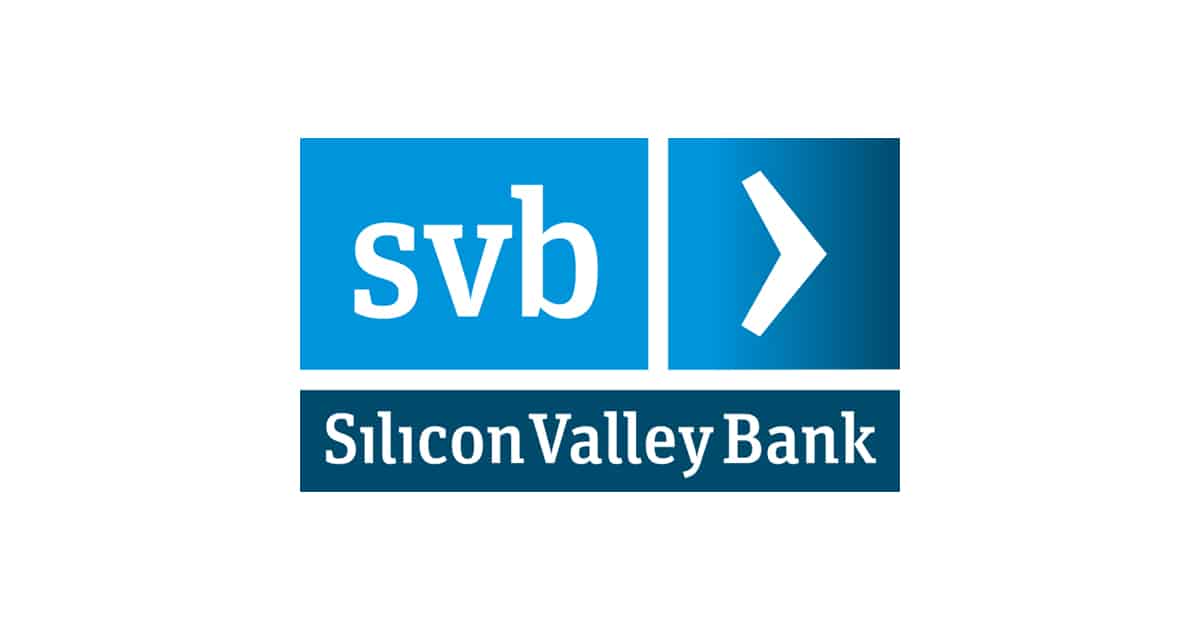Summary: On Sale
This is a step-by-step stock review to answer the question, is SVB Financial Group (SIVB) stock a good buy?
This article will teach you how to use the 4Ms of investing. This will be a detailed walkthrough to show you how the 4Ms work and why they are important. If you are interested, you can log into Tykr to use the 4M Confidence Booster (Powered by OpenAI) which will allow you to complete a 4M Analysis in less than 60 seconds.
What are the 4Ms?
- MOS (Margin of Safety) – The MOS is the math part of investing which includes the Summary, Score, and MOS (Margin of Safety).
- Meaning – The meaning is the business model and how scalable the revenue streams are.
- Moat – The moat is how the business compares to other companies in the same Sector and Industry.
- Management – The management is the track record of the CEO.
What 4M score are we going for?
- 80-100 = High confidence – Yay! You should have high confidence buying this stock. It passes all 4M!
- 60-79 = Moderate confidence – Alert! There may be better stocks in the market. Only buy this stock if you truly believe the company will improve!
- 0-59 = Low confidence – Warning! There are better stocks in the market. Due to the low score, you should consider looking at other stocks.
Table of Contents
The following links will direct you to key topics to help answer the question, is SVB Financial Group (SIVB) stock a good buy?
- SVB Financial Group Company History
- Meaning
- Management
- Is SVB Financial Group (SIVB) stock a good buy?
1. SVB Financial Group Company History
When investing in stocks, it’s important to know the company’s history. This helps us understand the various revenue streams, if they acquired other companies, how they grew through difficult times, and how they separated themselves from the competition.
- Founded in 1983 in Santa Clara, California, SVB Financial Group is a financial services company.
- Initial Focus: Provide banking services to startup companies in Silicon Valley.
- Rapid Growth: Expanded services to include commercial banking, investment banking, and private banking.
- IPO Milestone: Went public in 1988, listed on NASDAQ under the ticker SIVB.
- Specialization: Known for serving the technology, life sciences, and venture capital sectors.
- Global Reach: Established a presence in major innovation hubs worldwide, including the UK, China, and Israel.
- Innovations: Introduced tailored financial solutions such as venture debt and startup banking.
- Acquisitions: Acquired companies like Leerink Partners to expand investment banking capabilities.
- Client Support: Provides financial services to nearly half of all US venture-backed technology and life sciences companies.
- Community Engagement: Supports innovation through initiatives like the SVB Startup Outlook report and community development programs.
- Awards and Recognition: Frequently recognized for excellence in banking and innovation support.
- Mission: Drive innovation by providing financial services and expertise to the world’s most innovative companies.
- Future Vision: Continue to lead in financial services for high-growth industries, fostering innovation and economic growth globally.
2. Meaning
When investing in a company, it’s important to know how a company makes money. A mature business model has multiple streams of revenue which allow the company to weather downturns in the economy.
Here is how SVB Financial Group (SIVB) makes money:
3. Management
When investing in a company, it’s important to understand who the CEO is, what they have accomplished in the past, and how they have helped this company grow. Good leaders typically have stronger cultures, less turnover, and better returns in the stock market.
- Leadership Role: Greg Becker served as CEO of SVB Financial Group (Silicon Valley Bank) from 2011 to 2023, leading the company through significant growth and transformation.
- Supporting Innovation: He played a crucial role in supporting innovation and startups, helping Silicon Valley Bank become a key financial partner for technology and life sciences companies.
- Expansion of Services: Becker expanded the bank’s services beyond traditional banking, offering comprehensive financial solutions, including venture capital, private banking, and investment management.
- Global Growth: He led the international expansion of SVB, establishing a presence in key innovation hubs around the world.
- Financial Performance: Under his leadership, SVB Financial Group achieved strong financial performance, with substantial growth in assets and market capitalization.
- Client Base Growth: Becker significantly grew the bank’s client base, fostering relationships with high-growth companies and entrepreneurs.
- Industry Leadership: He positioned SVB as a thought leader in the financial services industry, particularly in sectors like technology, healthcare, and venture capital.
- Community Impact: Becker emphasized corporate social responsibility, including initiatives to support community development and diversity in the tech industry.
4. Is SVB Financial Group (SIVB) stock a good buy?
Some of the top questions investors can have is SVB Financial Group (SIVB) stock a good buy or should I buy SVB Financial Group (SIVB) stock?
—
To truly know if SVB Financial Group (SIVB) is a good stock to buy or sell, we recommend you log into Tykr. Within seconds you can see the Summary, Score, MOS, and 4M Score.
If you found this stock review interesting, you may also like this review on Fortinet.
